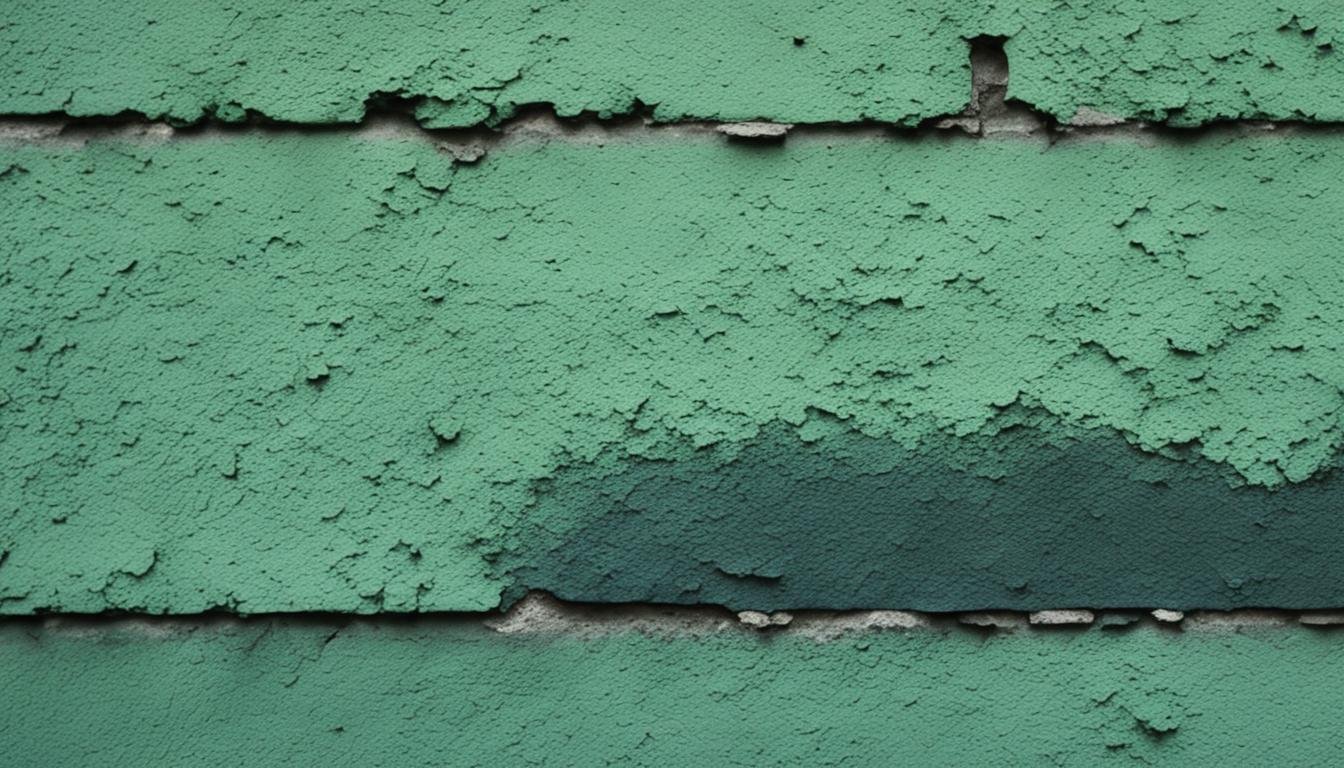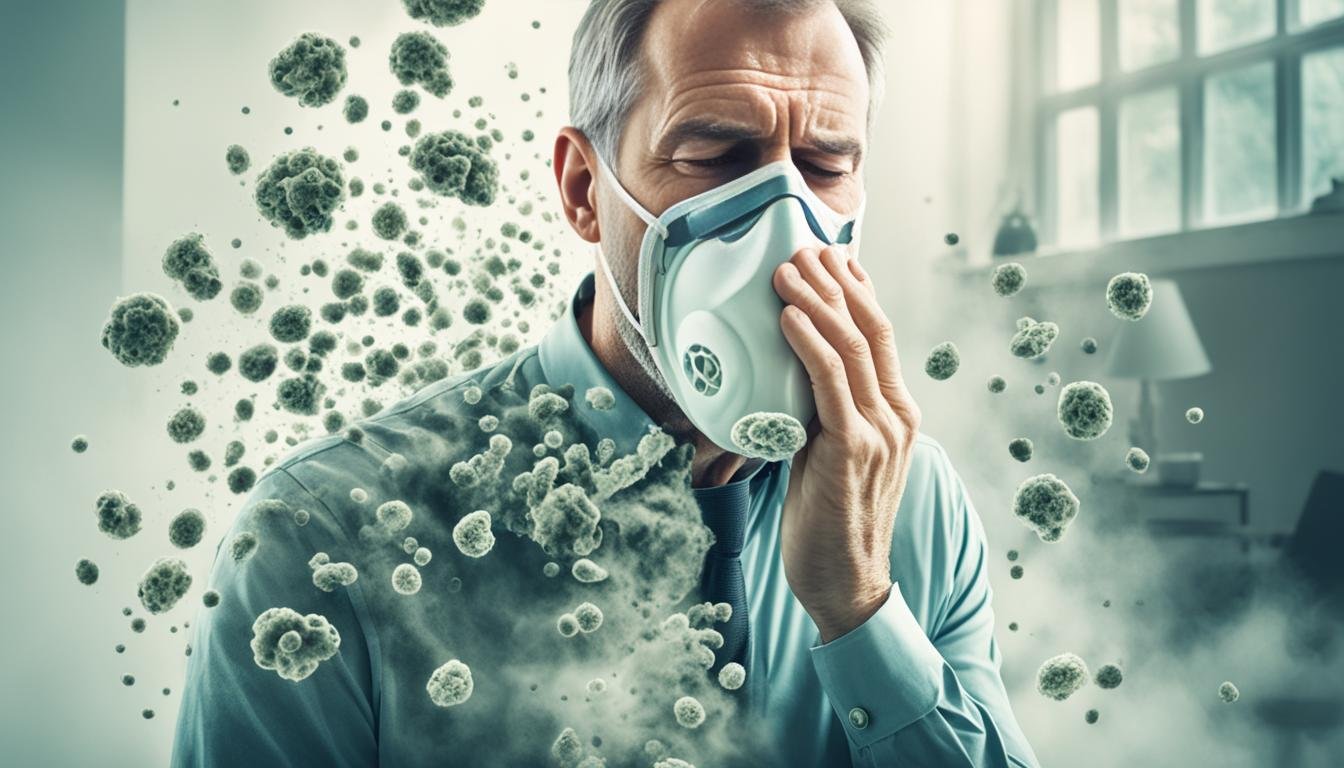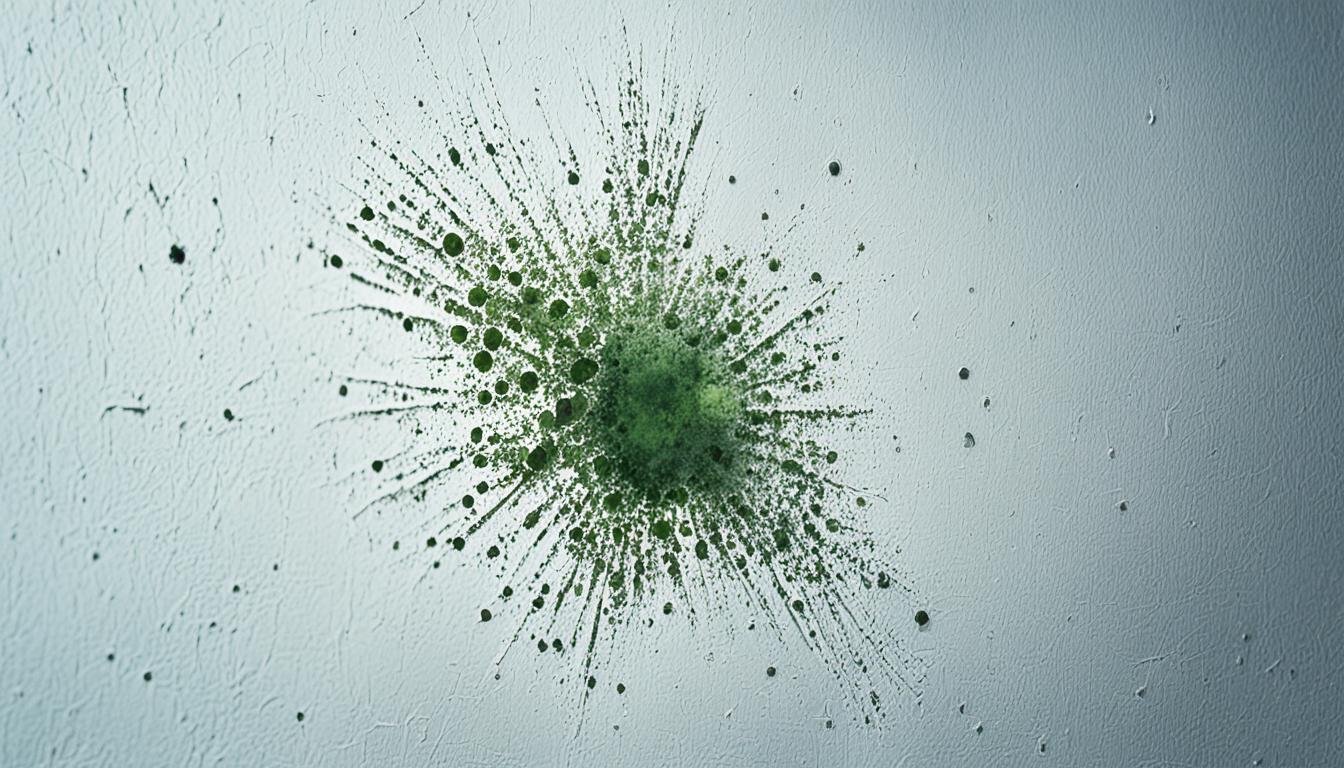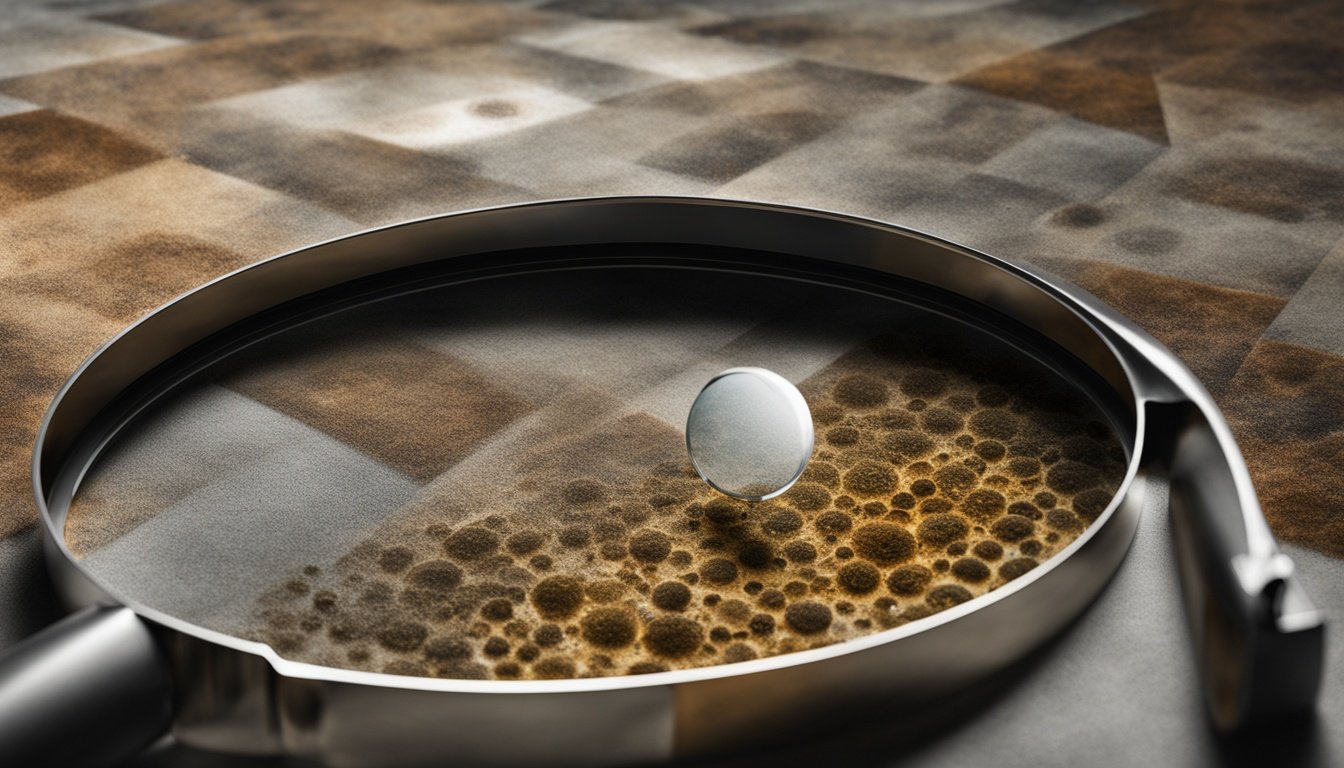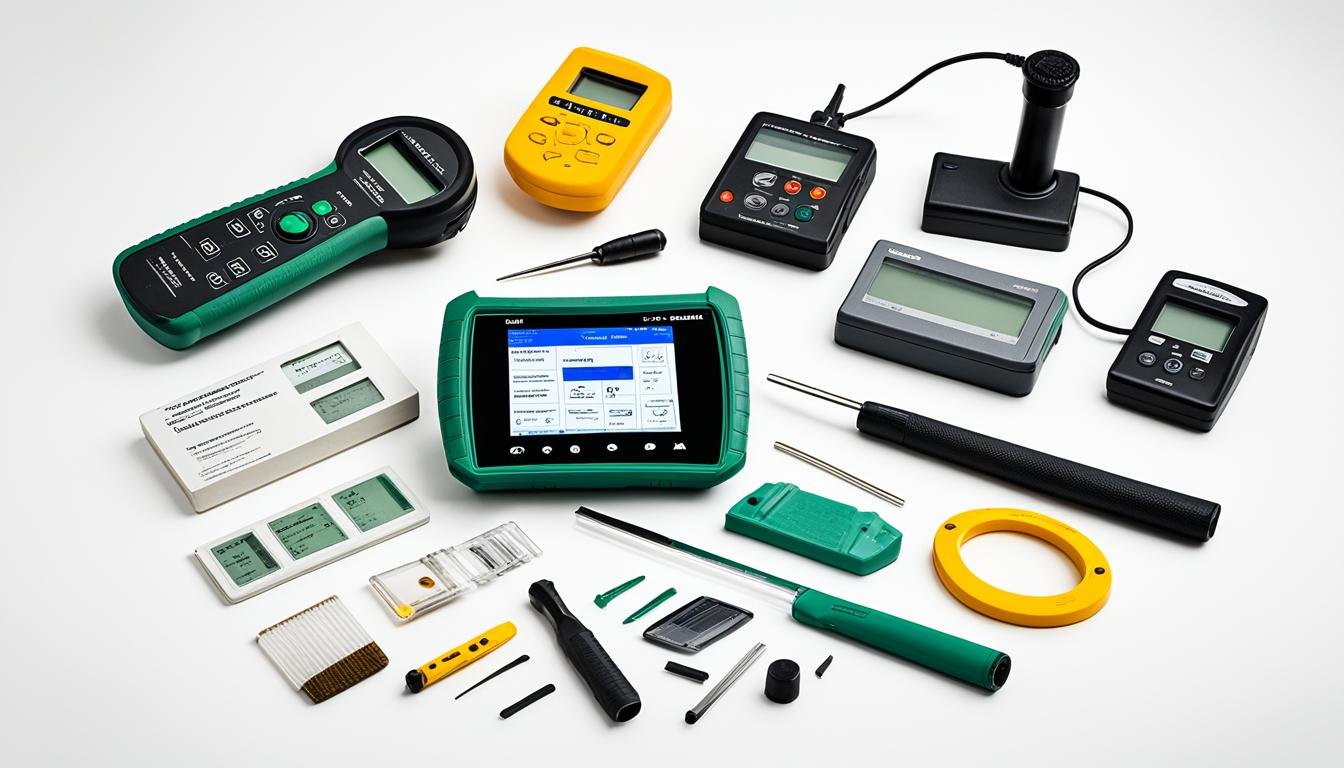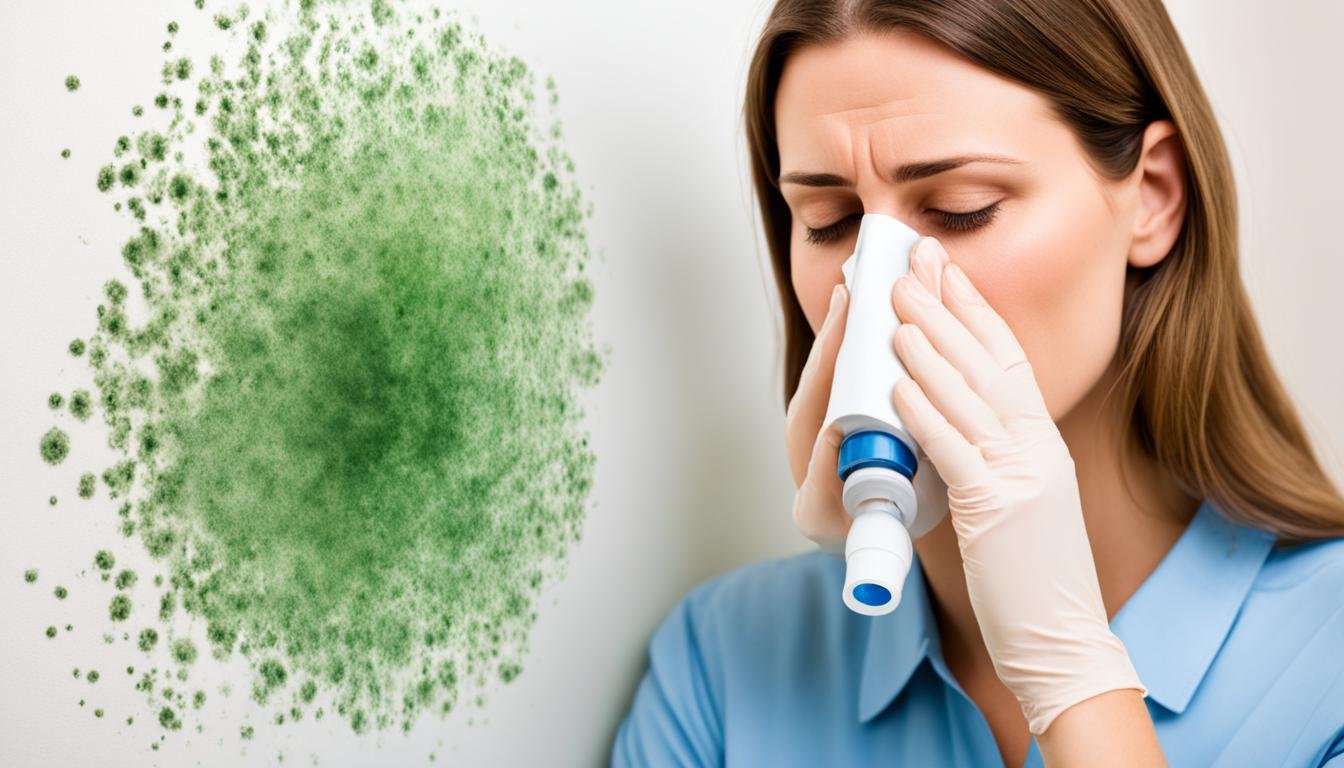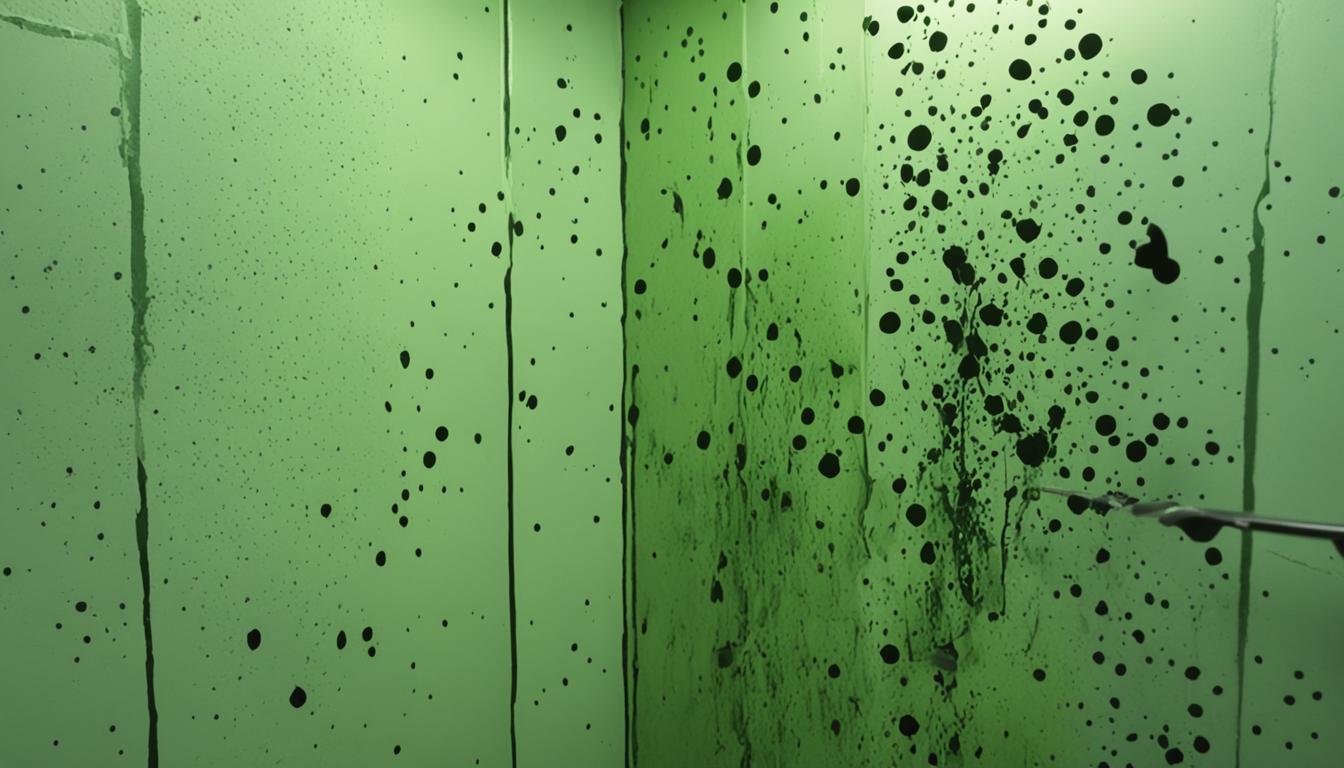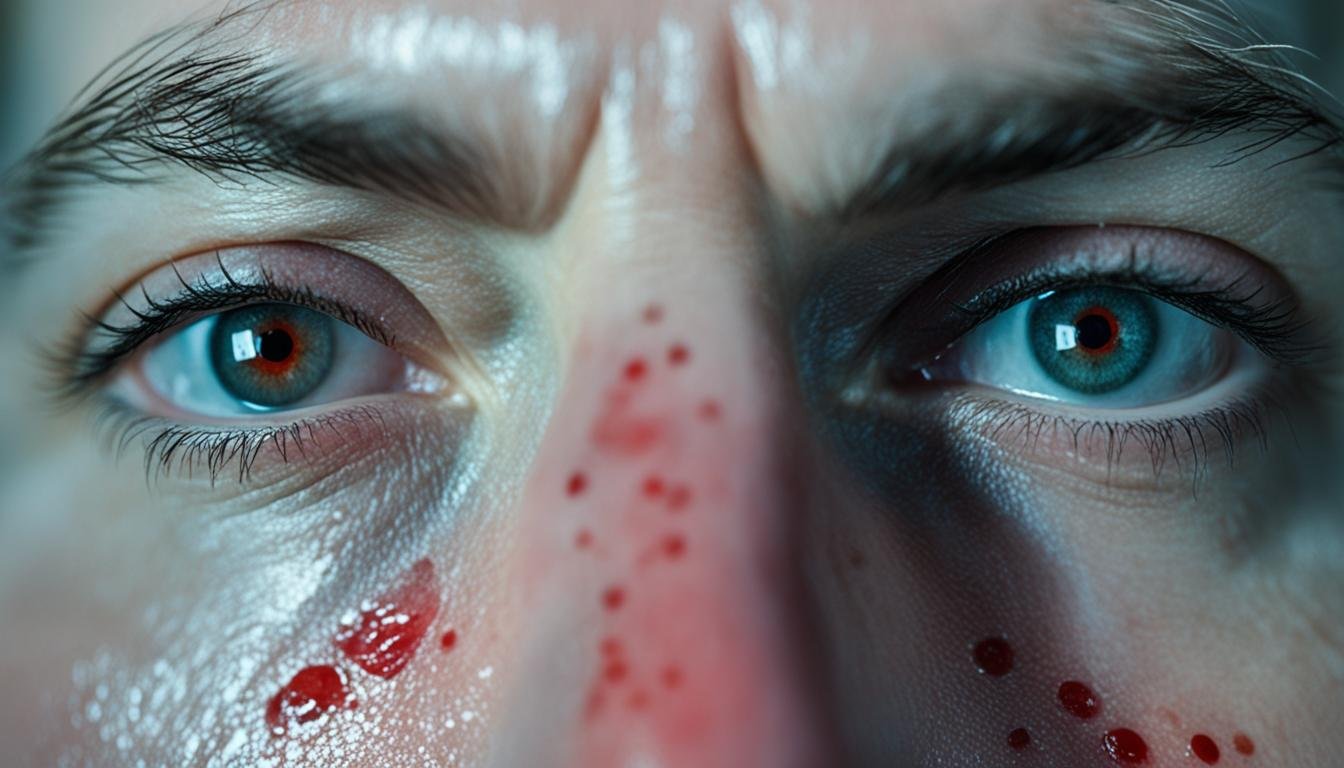Identifying Mold in Your Walls
Mold can start growing in your walls very quickly, just 24-48 hours after a big water issue hits. If the water isn’t dried out effectively, mold can form. It turns your home into a place with poor air, harming your health. The scary part is that you might not see the mold right away, it chooses hidden spots like inside walls. But it does drop hints, showing up in different colors and textures, like black, green, gray, white, or brown. The most dangerous type is Stachybotrys chartarum, also called “black mold.” Its spores make toxic chemicals, called mycotoxins, which are really bad for you. If you think you have black mold, getting rid of it is very important. Key Takeaways Mold can grow within 24-48 hours after water damage if not properly removed Mold can come in various colors, with black mold being the most dangerous Stachybotrys chartarum, or “black mold,” creates toxins that can cause health issues Prompt mold remediation is necessary to address black mold in your home Maintaining indoor humidity levels between 30-60% can prevent mold growth Signs of Mold Growth in Your Walls If your house has faced water damage or had high moisture levels, watch out. Signs of mold on your walls are warning that can’t be ignored. Mold comes in many forms. Some are harmless, but others are dangerous, especially for those who have allergies or weaker immune systems. By spotting mold early, you can act fast. This helps to keep your indoor air safe. Visible Signs of Mold Spotting mold can be as simple as seeing strange colors on your walls. The colors might be grey, black, green, or blue. You may see these colors on grout lines and the surface of your walls. Mold can feel powdery, fuzzy, or slimy. If you see dark stains on walls, floors, or ceilings, mold is likely growing there. Musty Odors Smelling a musty or earthy scent could mean mold lurks unseen in your walls. This smell comes from compounds released by mold. If your house smells bad, check for hidden mold. But, mold isn’t always visible or smelly. Look out for deformed walls, peeling wallpaper, or if your walls feel damp. Limiting mold’s spread is key. It can destroy your house and harm your health. So, act quickly to keep your indoor space healthy. “Mold can grow anywhere there is moisture, organic material, and the right temperature – and it can cause a range of health problems, from respiratory issues to allergic reactions and even infections.” Identifying Mold in Your Walls Finding mold in your walls can be tough. It’s a problem that sticks around. The signs might not always be clear. But look for walls that are rotting or falling apart. These could be signs of hidden mold. Look for any wall discoloration, even if it’s been painted over. This comes from water damage inside. When left untreated, mold grows. To stop mold, handle any water leaks and improve the air in your home. This means fixing ventilation and choosing the right building materials. Dealing with mold early is vital. Stay alert for any signs. Having regular checks and prompt actions can keep your home safe from mold. “Mold infestations can cover areas of 10 square feet or more, requiring professional remediation.” The prices of Mold Inspection can vary from $400 to $3,000. This depends on the amount of mold. Mold Testing kits offer limited information. They just show if mold is present. Sometimes, companies check for mold for free. They hope to get the job if they find some. Mold can cause allergies. Symptoms might include red eyes, rashes, and a sore throat. It can be worse for people with weak immune systems. Mold could lead to more severe illnesses like cancer. Quick action is key to keeping your family safe from mold’s harm. If you think you have mold, reach out to professionals at Water Damage Pros or sanbernardinowaterdamagerestoration.com. They can inspect and perform Mold Remediation. Their skills can find the main issue, plan a fix, and completely remove the mold. This restores your home’s safety and health. Preventing Mold Growth in Walls Keeping moisture in check is the best way to stop mold in walls. It grows fast, often within just a day or two of finding water. This is why dealing with any wetness right away is so important. Always keep an eye out for signs of moisture, like water around windows or leaks from pipes, to catch problems early. This can save you from costly fixes later. Moisture Control Maintaining the right indoor humidity helps prevent mold. Aim to keep it between 30% to 50%. You can get there by having good air flow, using dehumidifiers, and making sure your house is well-insulated. Don’t forget to regularly clean out your gutters and downspouts. This stops water from getting into your walls and causing mold or damp spaces. Building Materials When you’re building or renovating, pick materials that resist mold. Look for mold-resistant drywall, paint, and others that fight off damp. Plus, always make sure that any spots that get wet, like from a leak, dry completely. Thorough cleaning and drying is key to mold prevention and avoiding health risks. By watching out for moisture, using the right stuff, and keeping the air dry, you can prevent mold. This will keep your home’s air safe and your walls looking good. For expert help with mold or water damage, check out sanbernardinowaterdamagerestoration.com. “Mold can start to grow within 24 to 48 hours in the right conditions, making quick action crucial.” Conclusion Finding mold in your walls is key to having a safe, indoor air quality. It stops health hazards before they start. If you notice mold growth, like strange colors or smells, act fast to solve moisture problems. Even though doing your own DIY mold testing helps, it’s smart to get advice from professional restoration services. Places like Water Damage Pros – San Bernardino (951-903-5429) can thoroughly check for mold …

